Capraia: Crystal-Clear Sea and Ancient Pathways
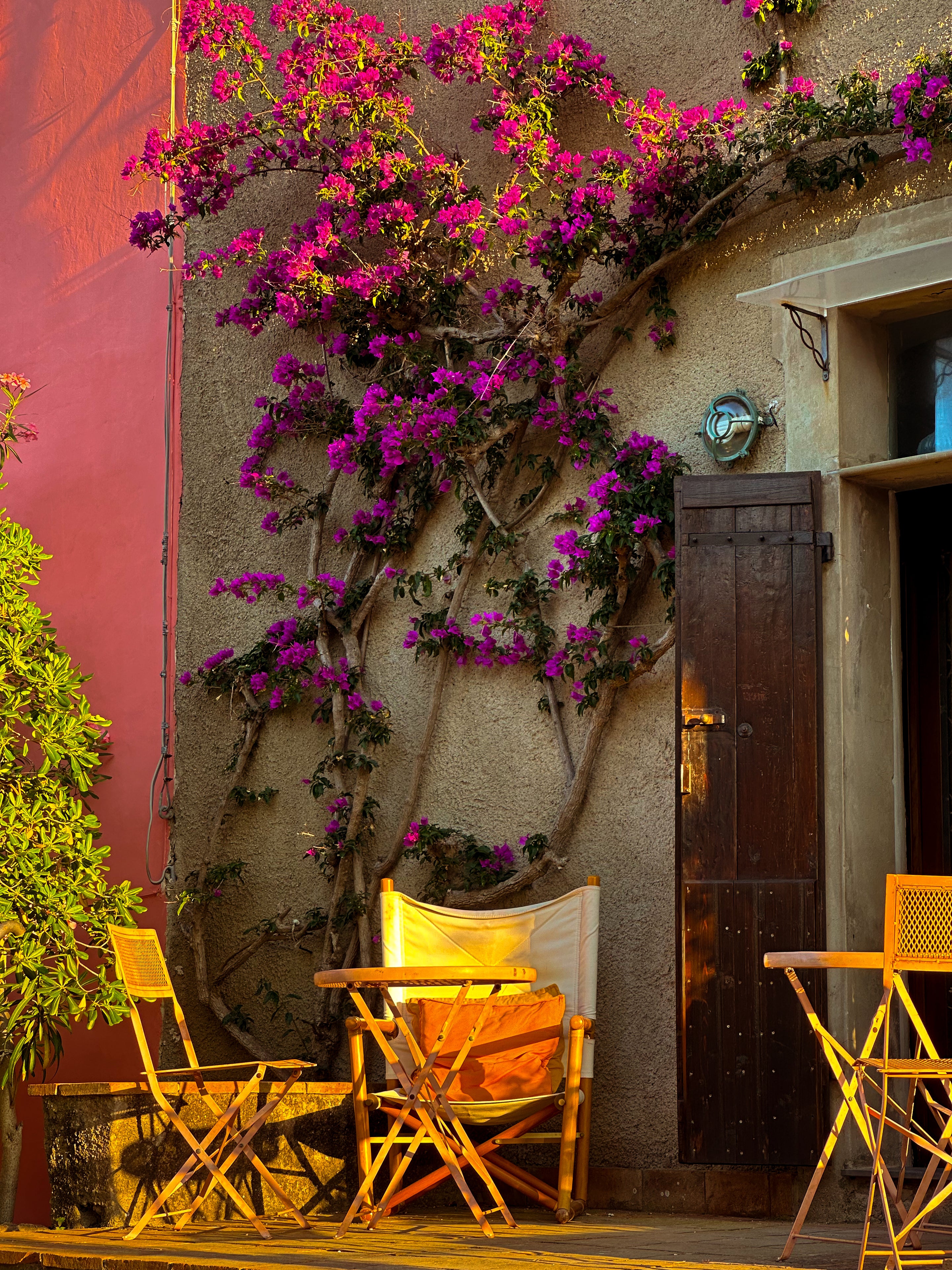
Volcanic beauty meets Mediterranean tranquility.
Capraia: Crystal-Clear Sea and Ancient Pathways
By Silvia Nanetti
November 08, 2024
Imagine a big rock of lava, eight kilometers long and four wide, with few beaches and umbrellas, no traffic lights and clubs. On the island there’s a small harbor and a little village of colorful houses. One road, a castle, two towers, a traffic cop, three policemen, a postman, two grocery stores, four fishermen, a school, a priest, many cats, plenty of Mediterranean vegetation, fish and birds and hundreds of mouflons.
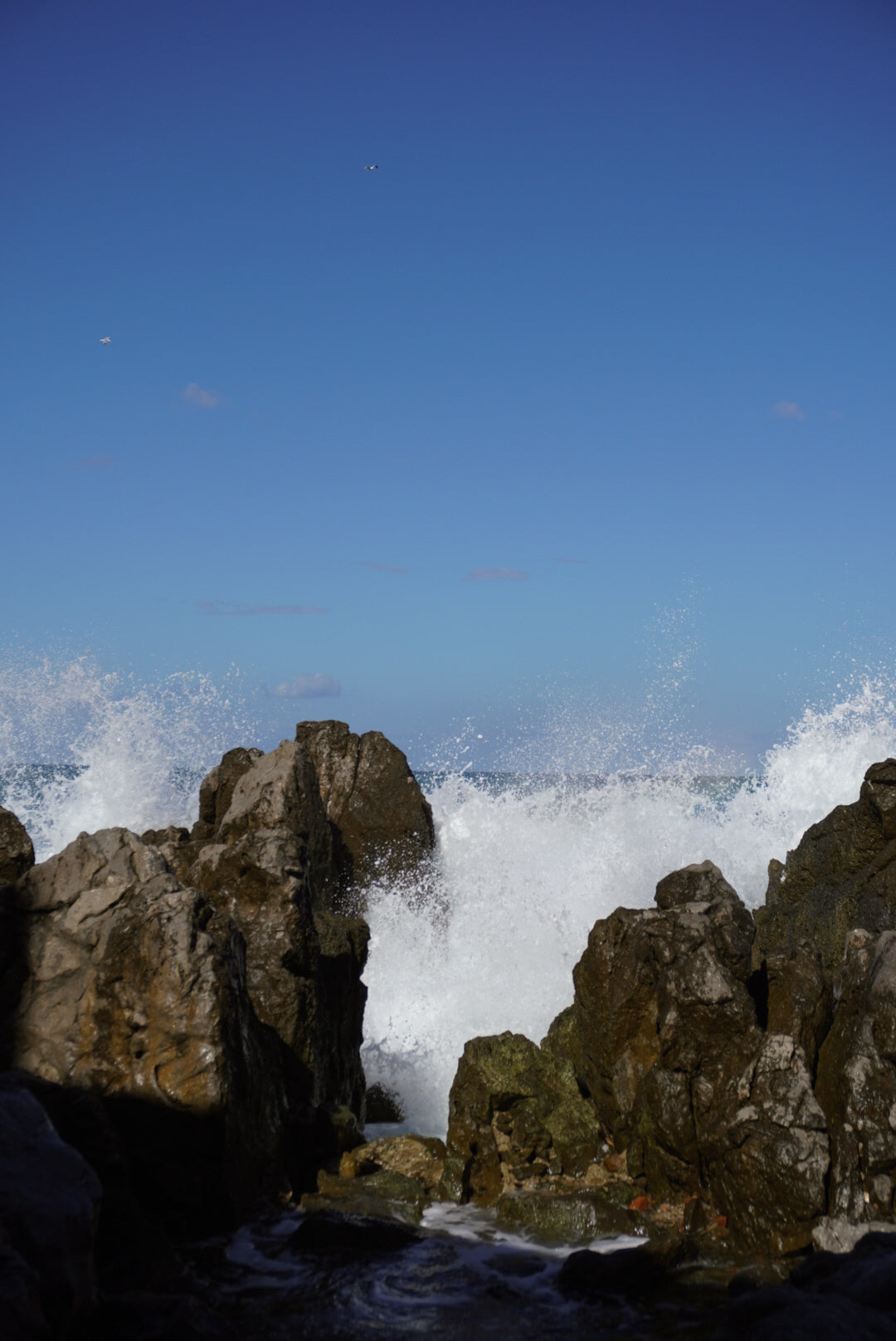
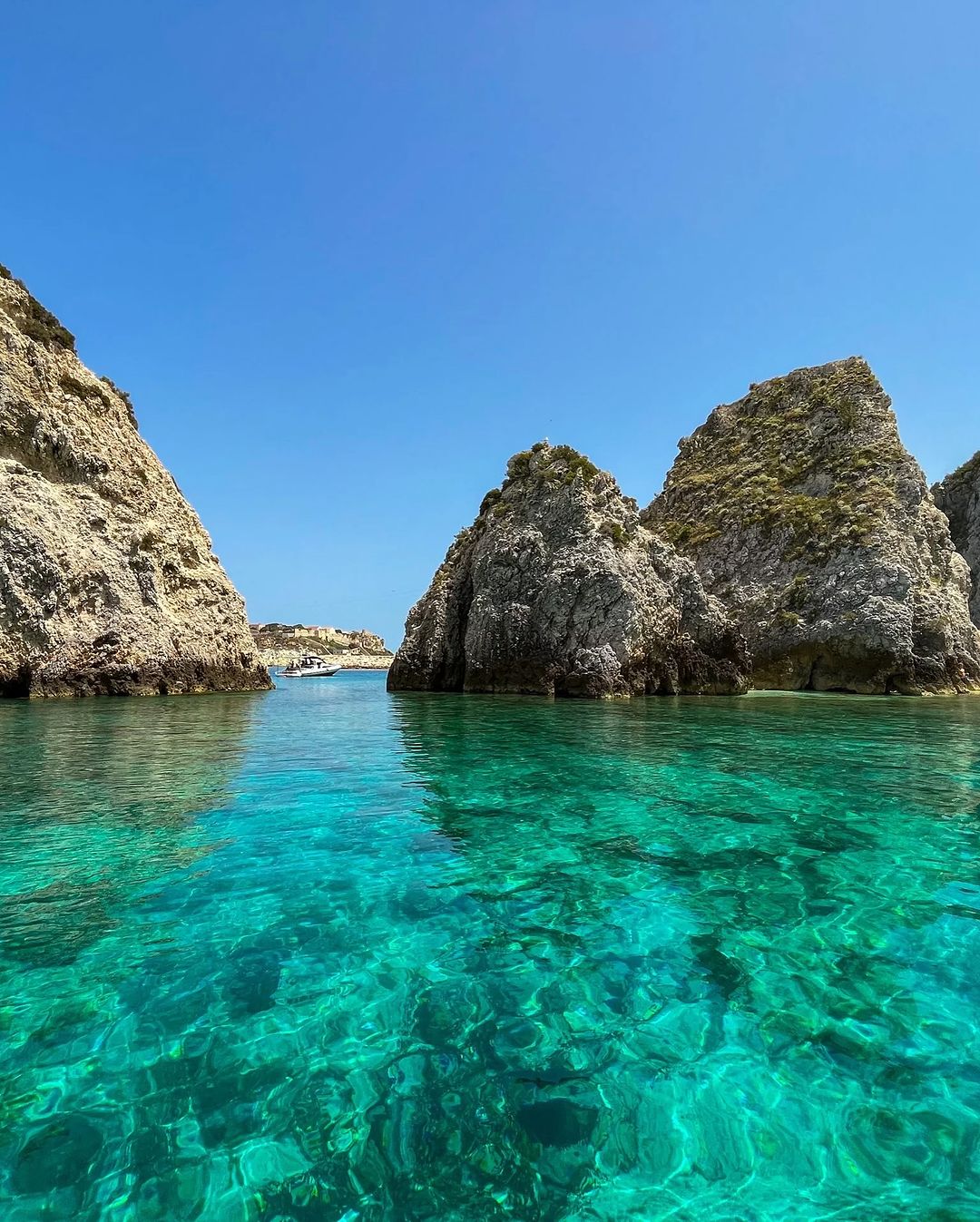
When you arrive on an island as small as Capraia, it is like entering someone’s home, you are welcomed by the host according to his rituals and rhythms. On Capraia, these rhythms are reminiscent of wild, slow-moving life, the scent of long walks in the Mediterranean vegetation, and the fascination of deep dives in waters that seem to be the turquoise ones of other distant lands. Don’t expect to find trendy restaurants or glamorous places. Capraia’s charm does not lie there, but in the few taverns in the harbor: the clothes and textile boutique in a boathouse, the gelateria with its excellent pistacchio flavor, and the small supermarket just beyond.
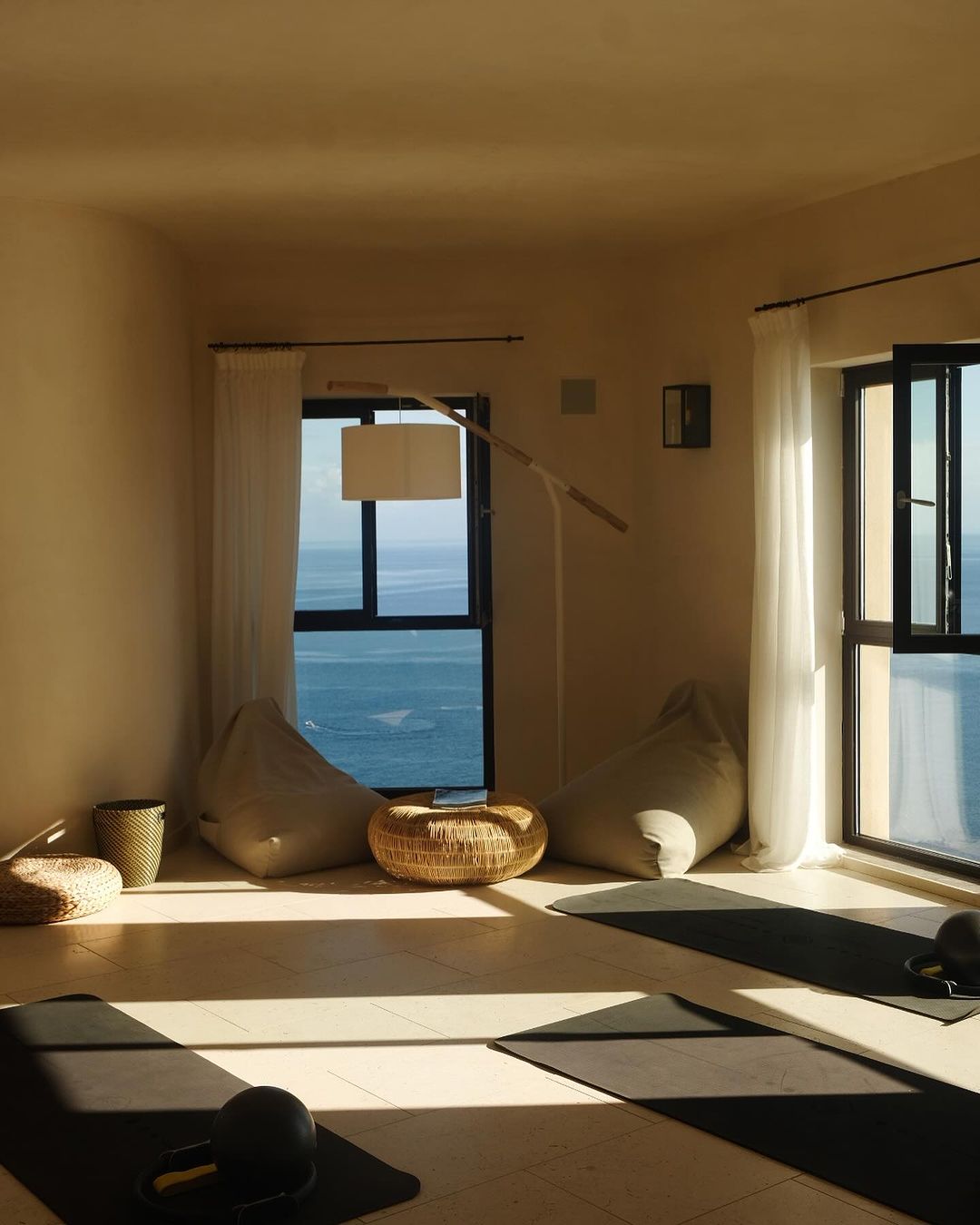
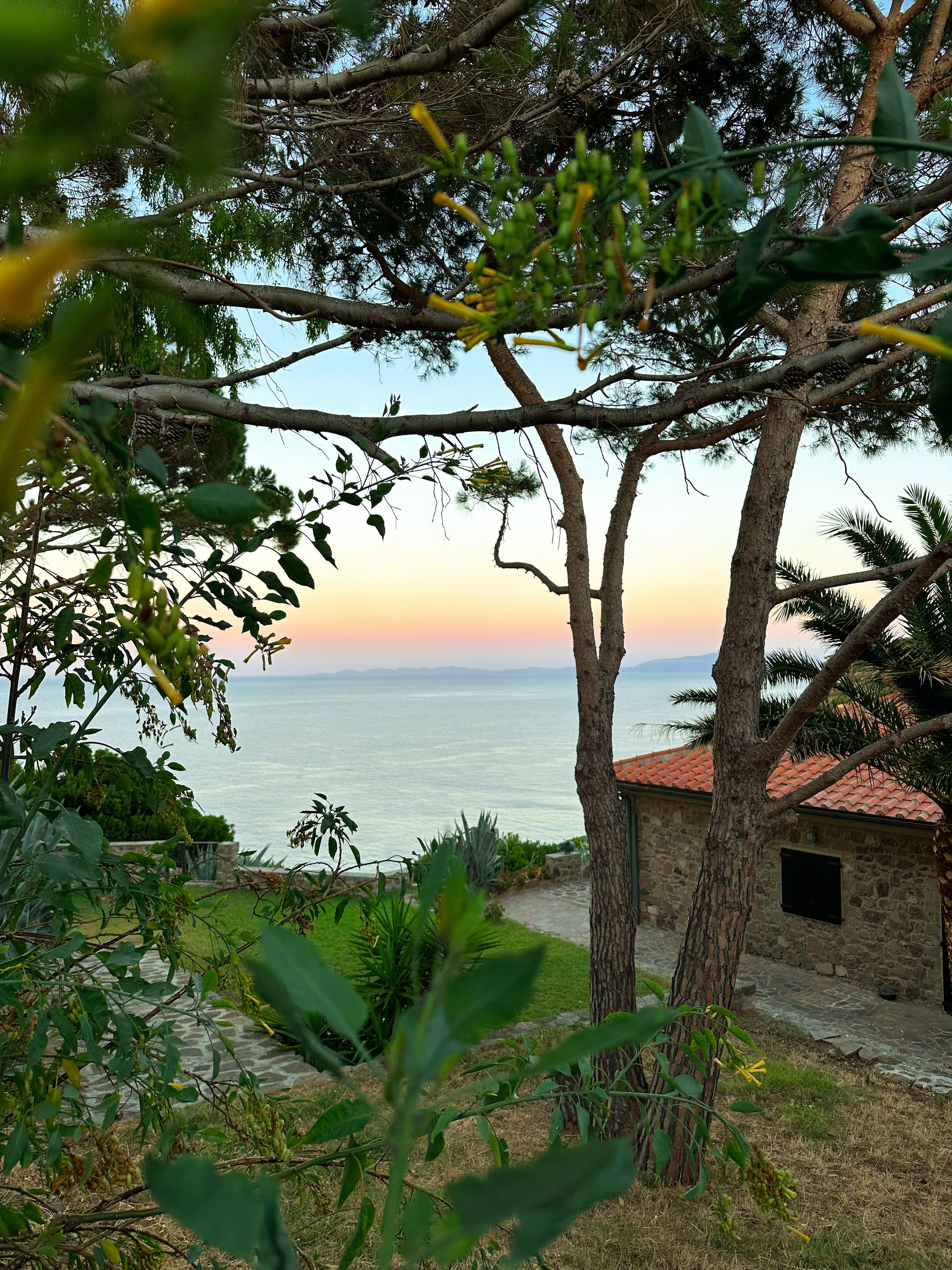
Capraia, locally referred to as “the wild island” is perfect for hiking enthusiasts. Peaks, rocky ridges, valleys and canyons make it the ideal terrain for hikers, who can tackle trails with varying levels of difficulty. Whether it starts from the town or the port, you can explore these highly interesting paths. Walk through the Mediterranean scrub, with its fragrances and colors: heather, myrtle, orchids and water plants in the Stagnone dot the way and offer relief during breaks. Walk in silence, interrupted only by the wind and the sounds of the sea or when you meet the island’s quiet locals: it’s common to run into wild rabbits and sheep, tree frogs and migratory birds.

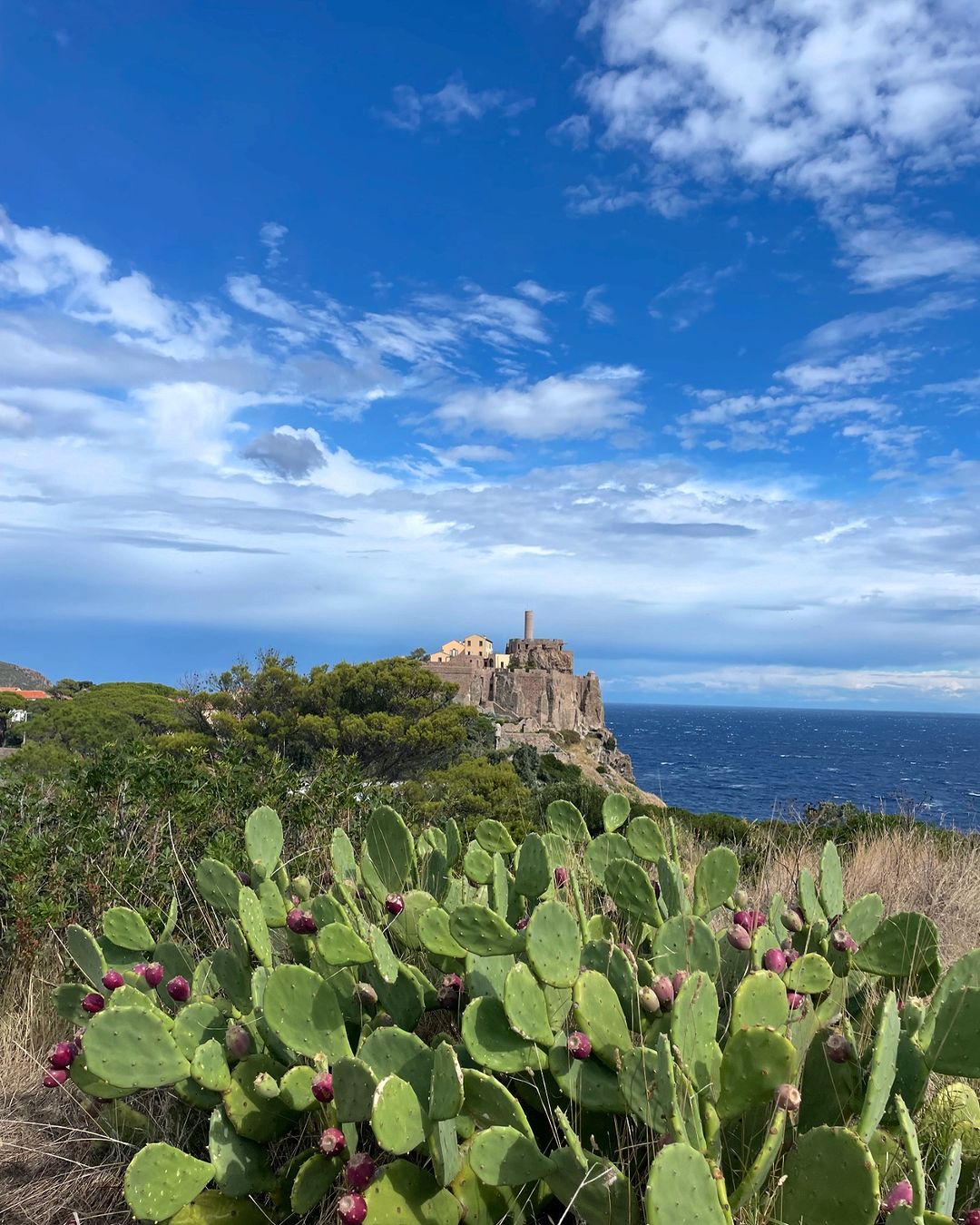
However, especially during summer, the best way to discover Capraia is by boat, to fully appreciate all of its primordial charm at once. With its towering rocky cliffs plunging into the sea, many hidden bays, private beaches, and caves bathed in crystal-clear waters, the coastline is extraordinarily beautiful and varied. The postcard-worthy sunrise should be seen from the Patello promontory, followed by a swim at Cala del Ceppo. The rust-colored cliffs of Cala Rossa, due to the accumulation of ancient lava flows, tell the volcanic origin of this landing spot. If you want to spend a day at the beach sunbathing, it's recommended to head to Cala Mortola, the only sandy stretch on the entire island, with stunning seabeds to explore while swimming. Also worth seeing is Punta della Teglia, with its unique stepped white cliffs.
You also don’t want to miss Cala dello Zurletto or Palmenti delle Tigghielle, where you find 16th-century tanks dug out of the rock for wine production. The sea seems distant from here, but the constant breeze is a reminder of its presence.


There are very, very few cars on the island: it is the rhythm of your own steps that keeps you company as you climb the only road connecting the port and the old village just up the hill. As you walk along it, you pass villas and private houses with lush gardens of bougainvillea and other climbing plants, and continuing to climb, after two almost breathtaking bends, you reach the old town, in the square of the Church of San Nicola, dotted with benches inhabited by the island’s elderly, a caffè, and a few shops. However, watching over the entire island is Forte San Giorgio. This historic structure, built in the 16th century on a rocky cliff overlooking the sea, was reconstructed by Alfredo d'Andrade and declared a National Monument. Over the centuries, it has taken on different roles, from defensive stronghold to prison, and was even a nightclub in the 1970s.
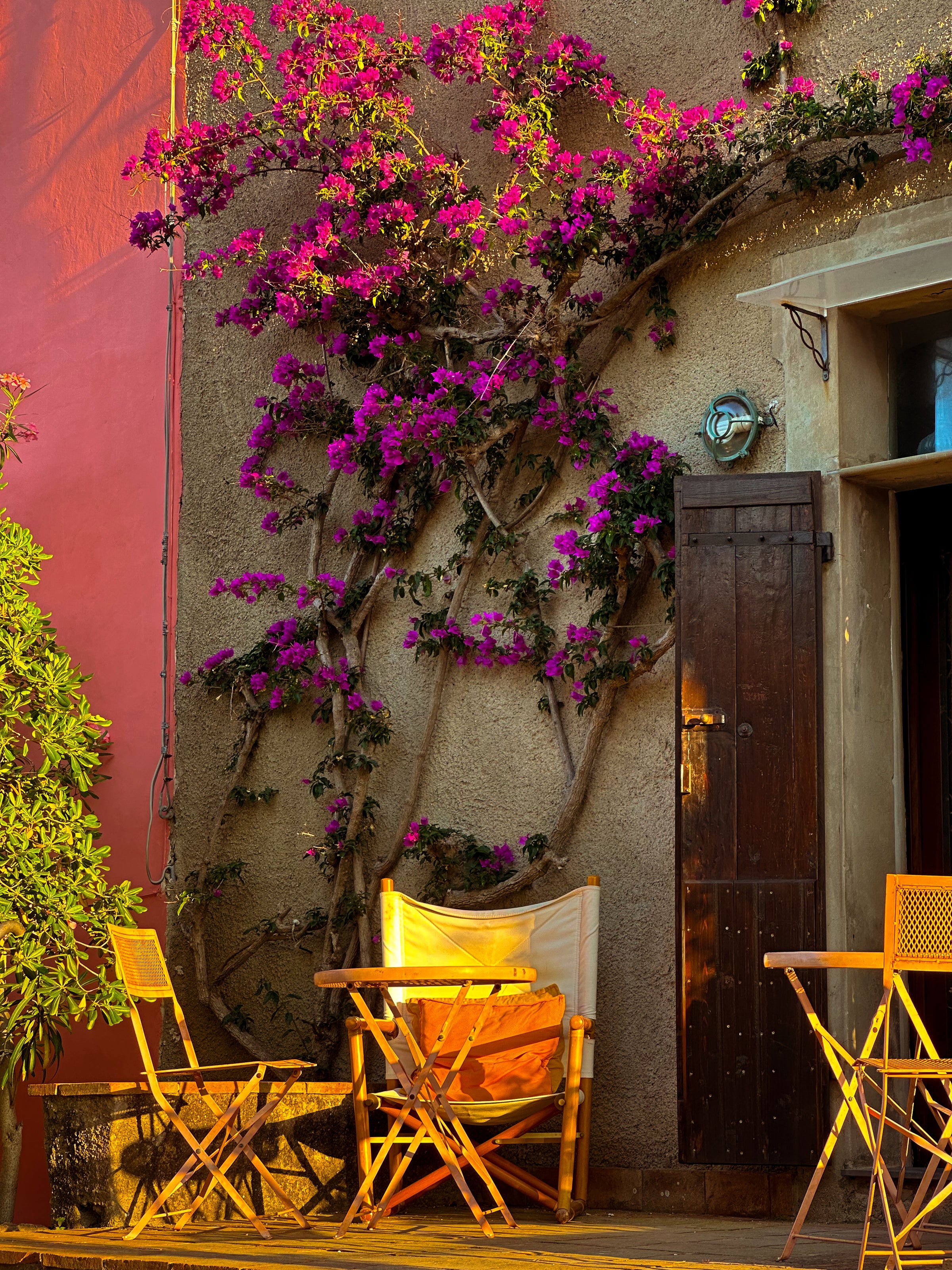
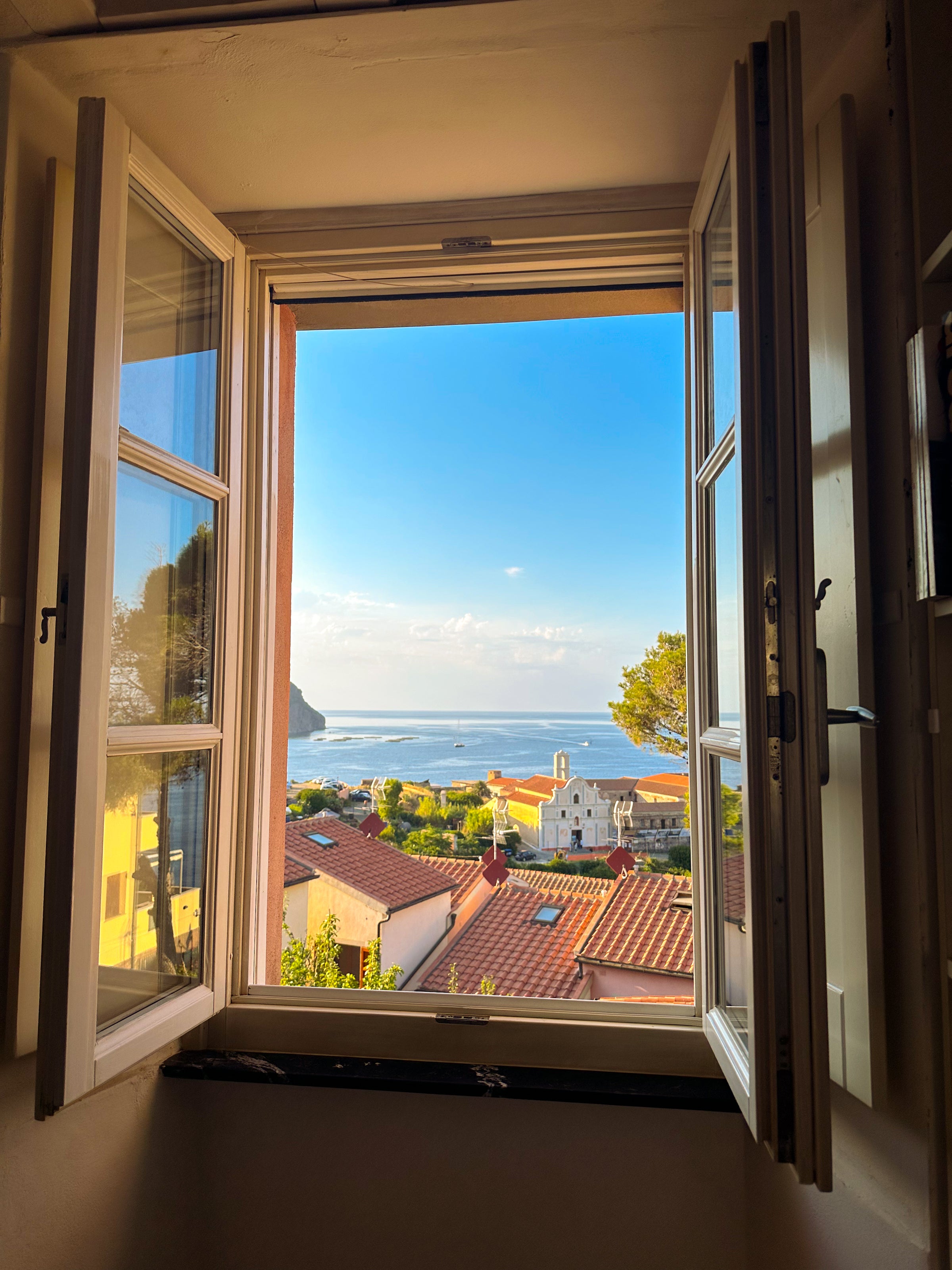
On Capraia, the magic lies in the unique and indissoluble bond between nature and man, which remains undisturbed over the years because it is stronger than the resorts, beauty farms, and fashionable clubs that look at it from the mainland. There is no place for them here, just as there seems to be no place for the ferry that arrives almost every day from Livorno. Here there is only room for history, mastic trees, and the sea.





